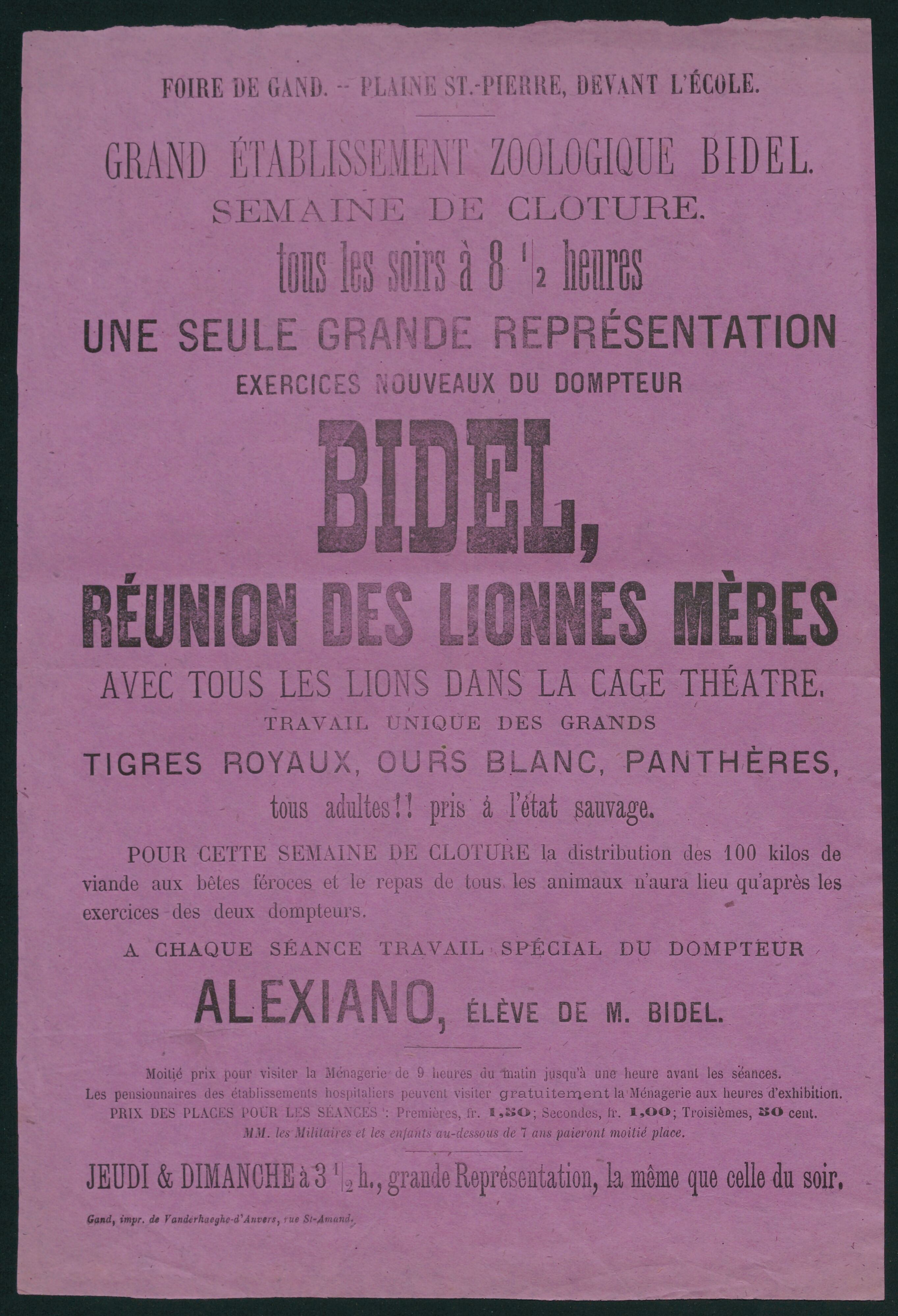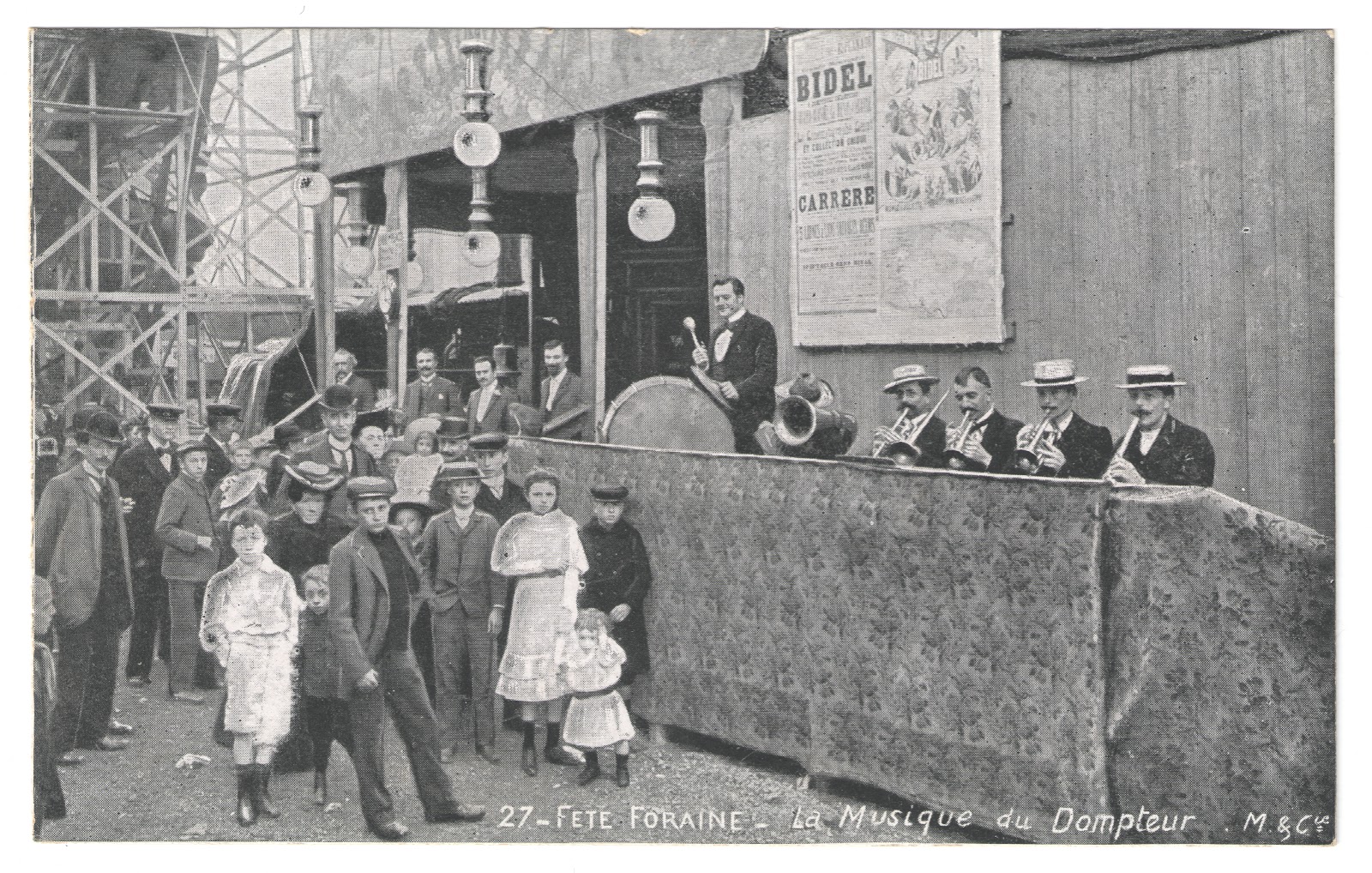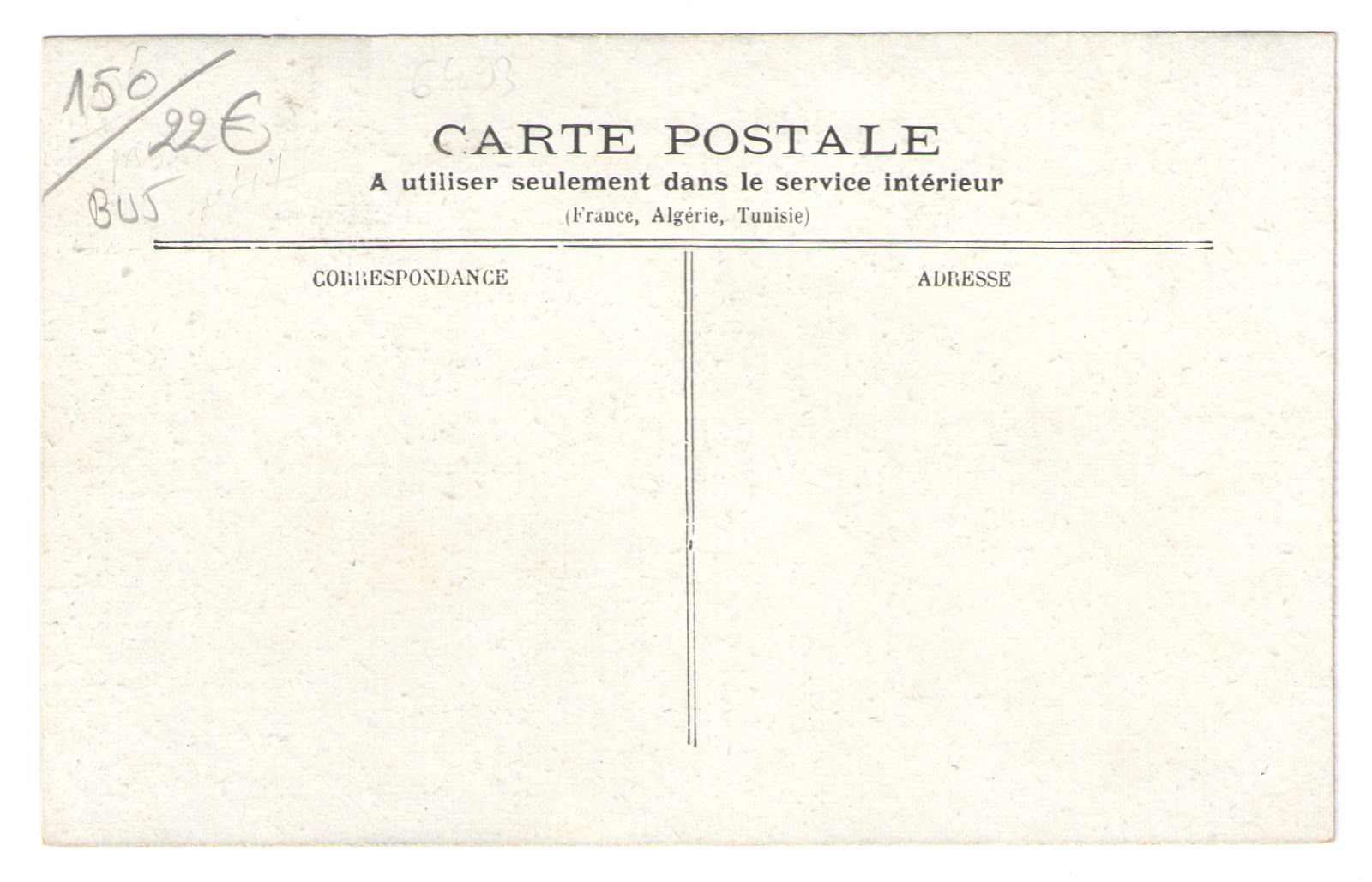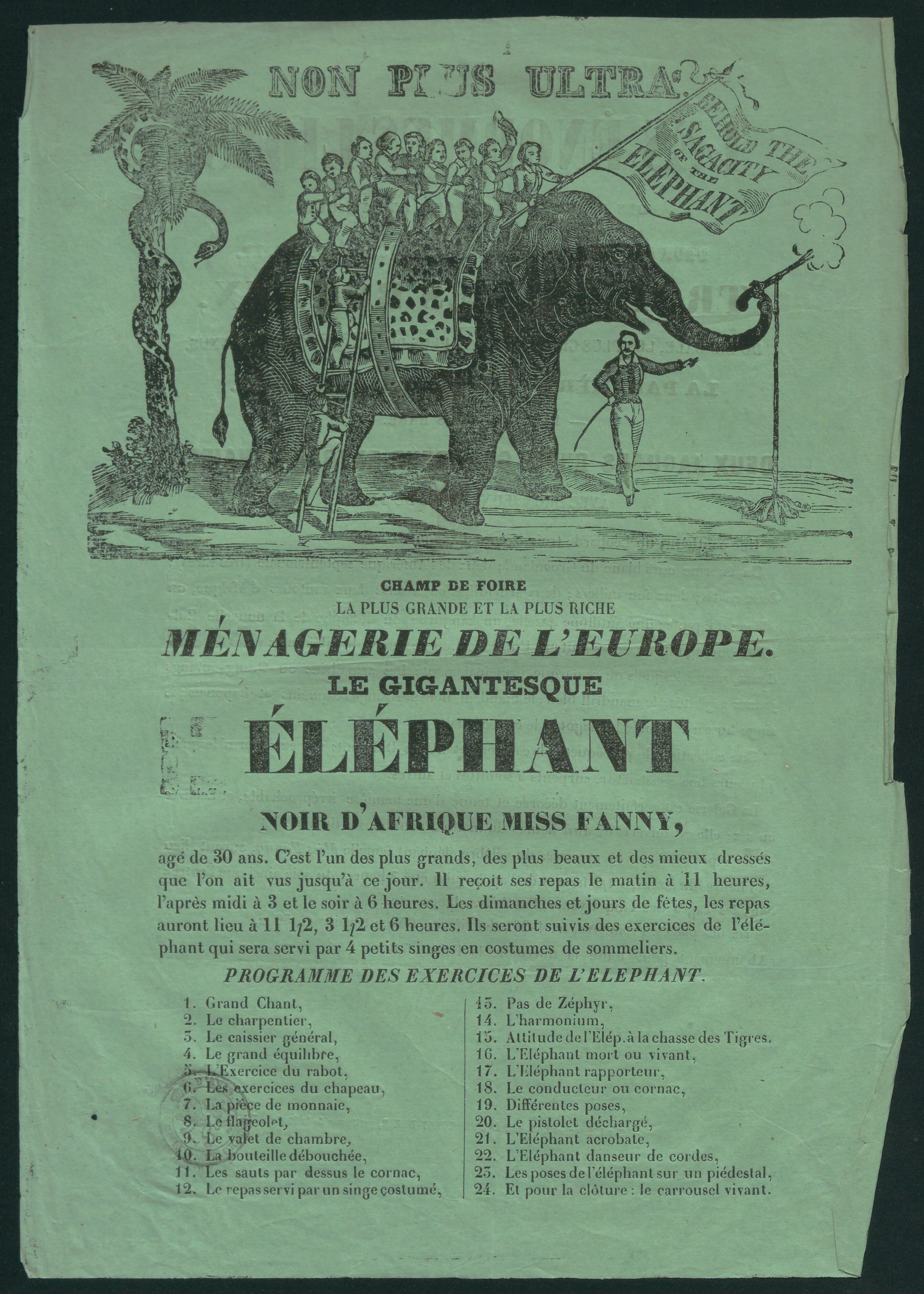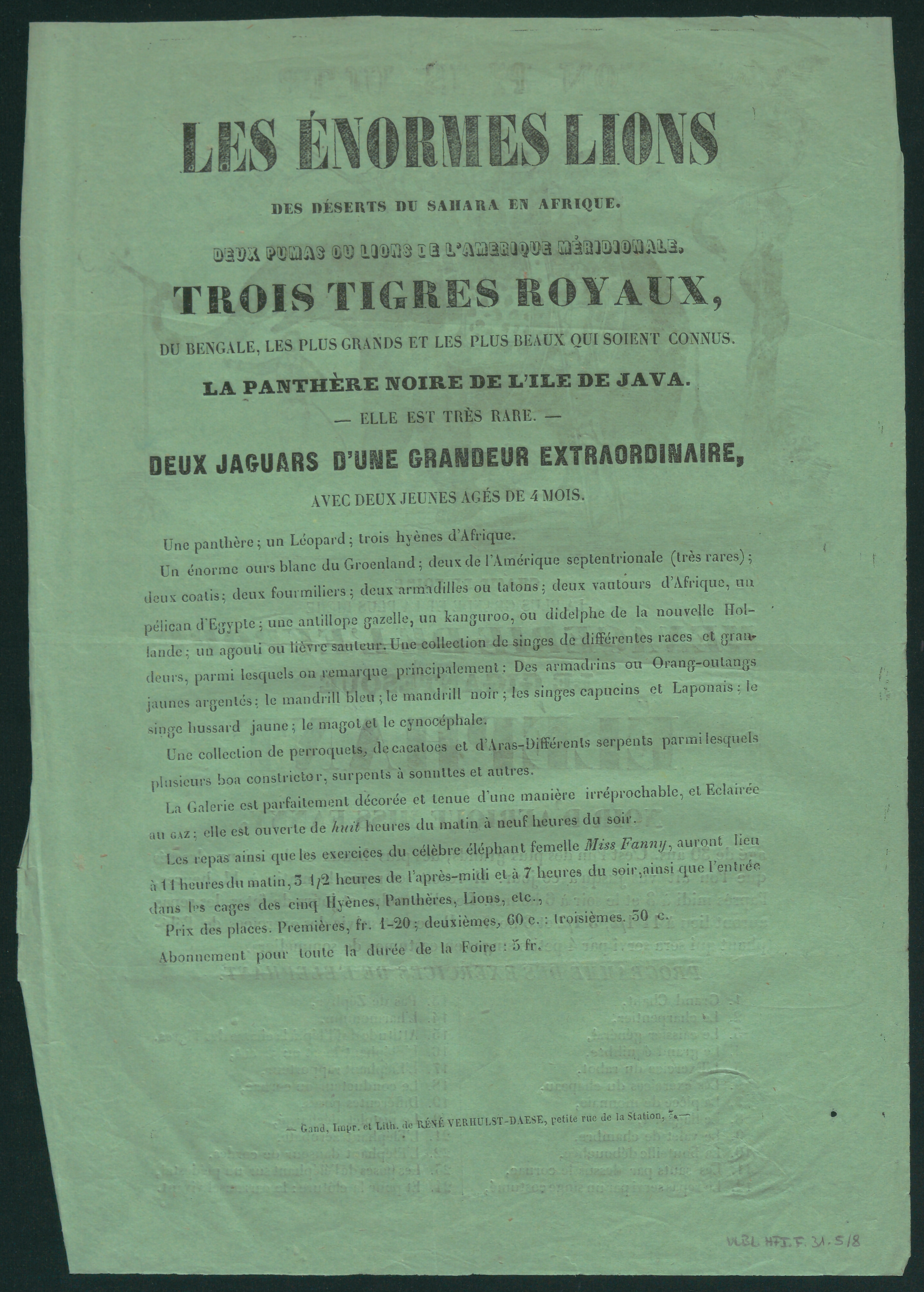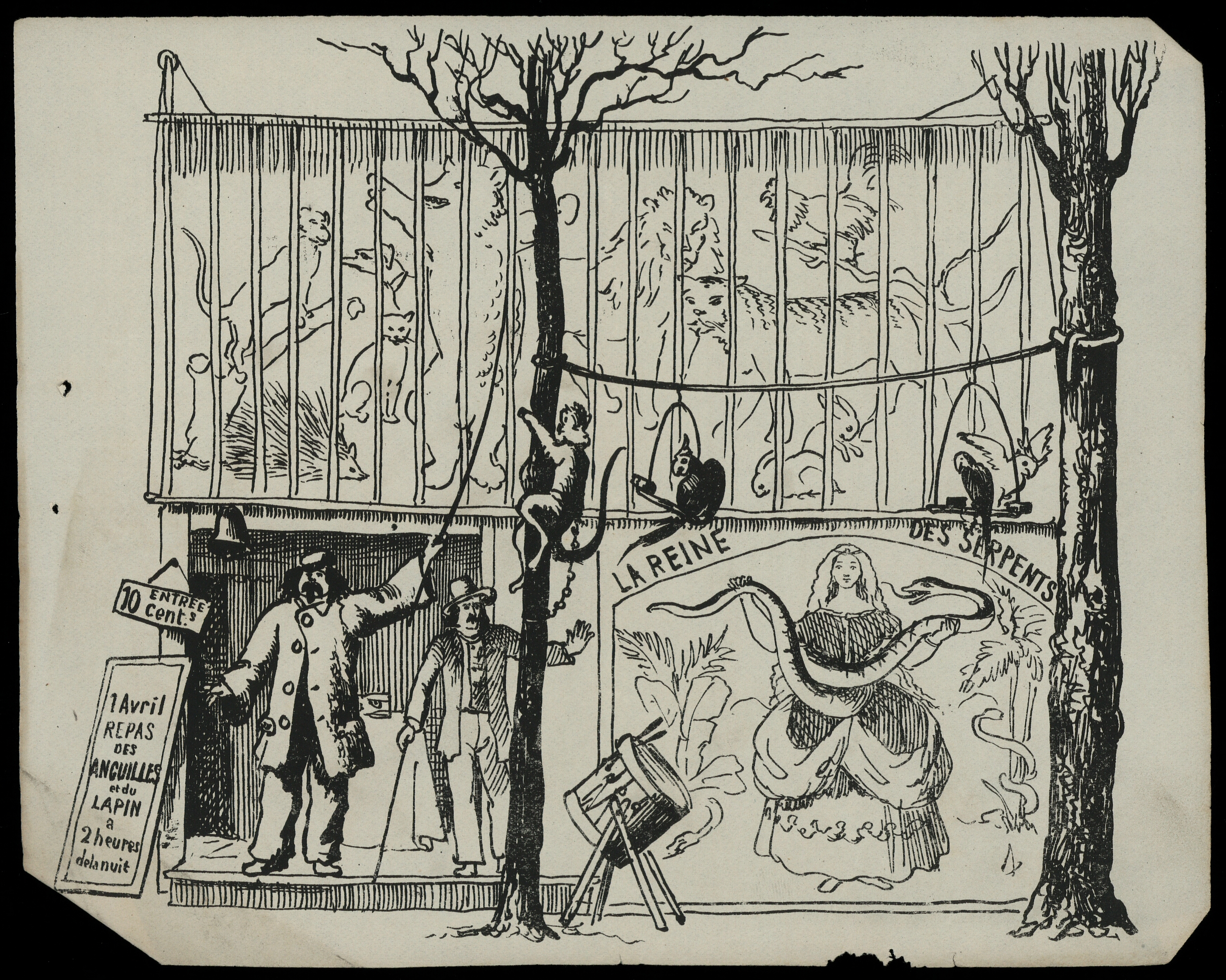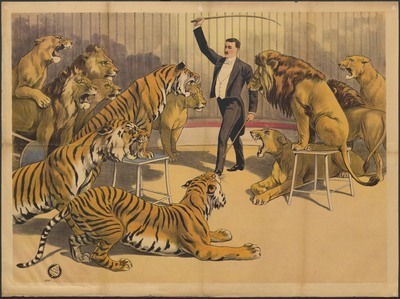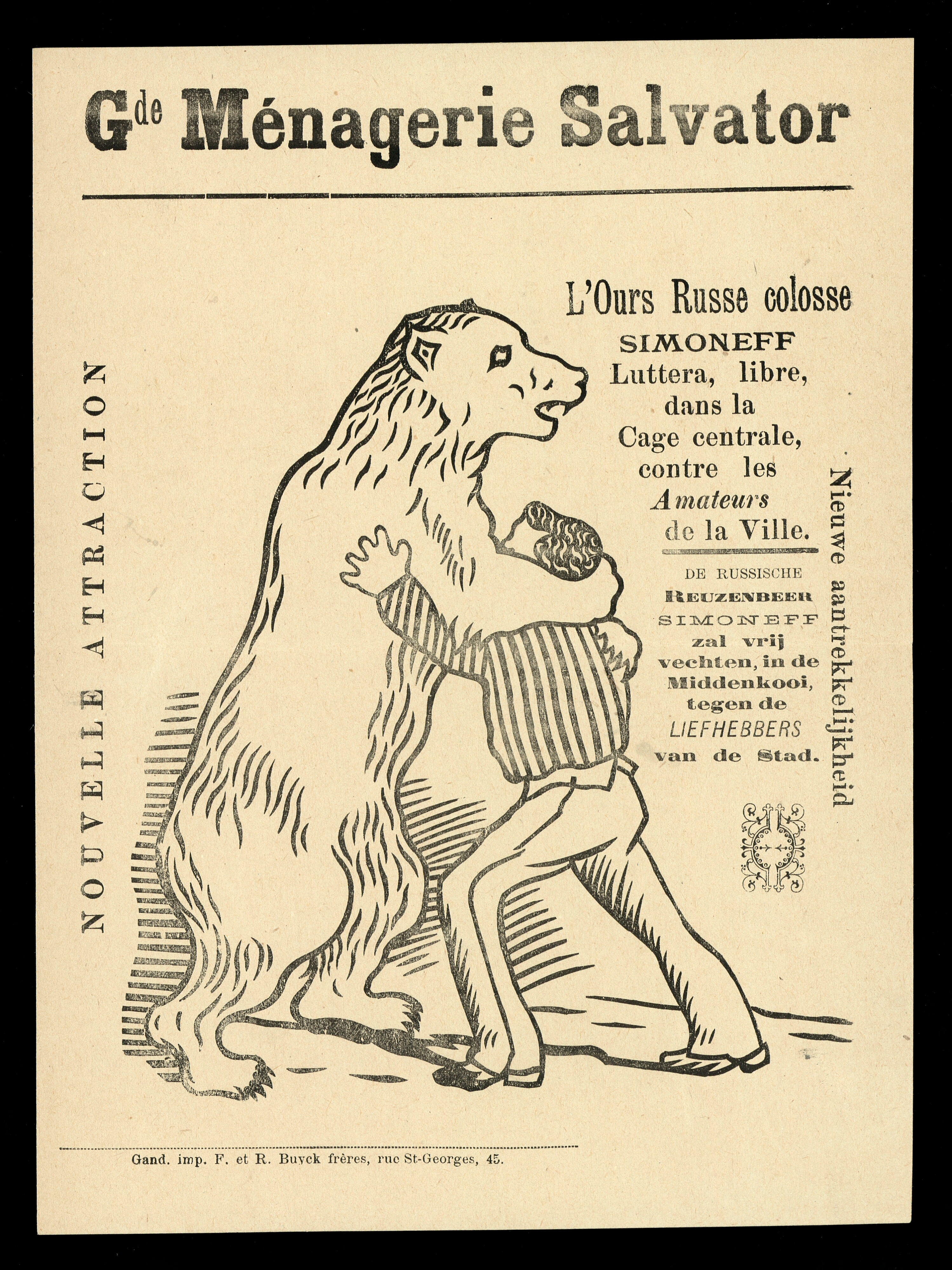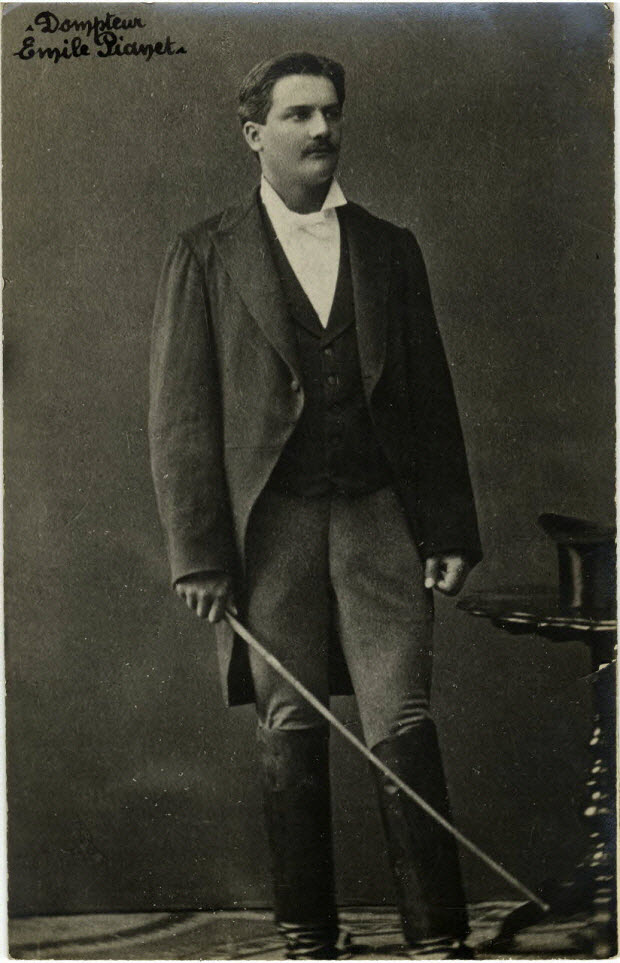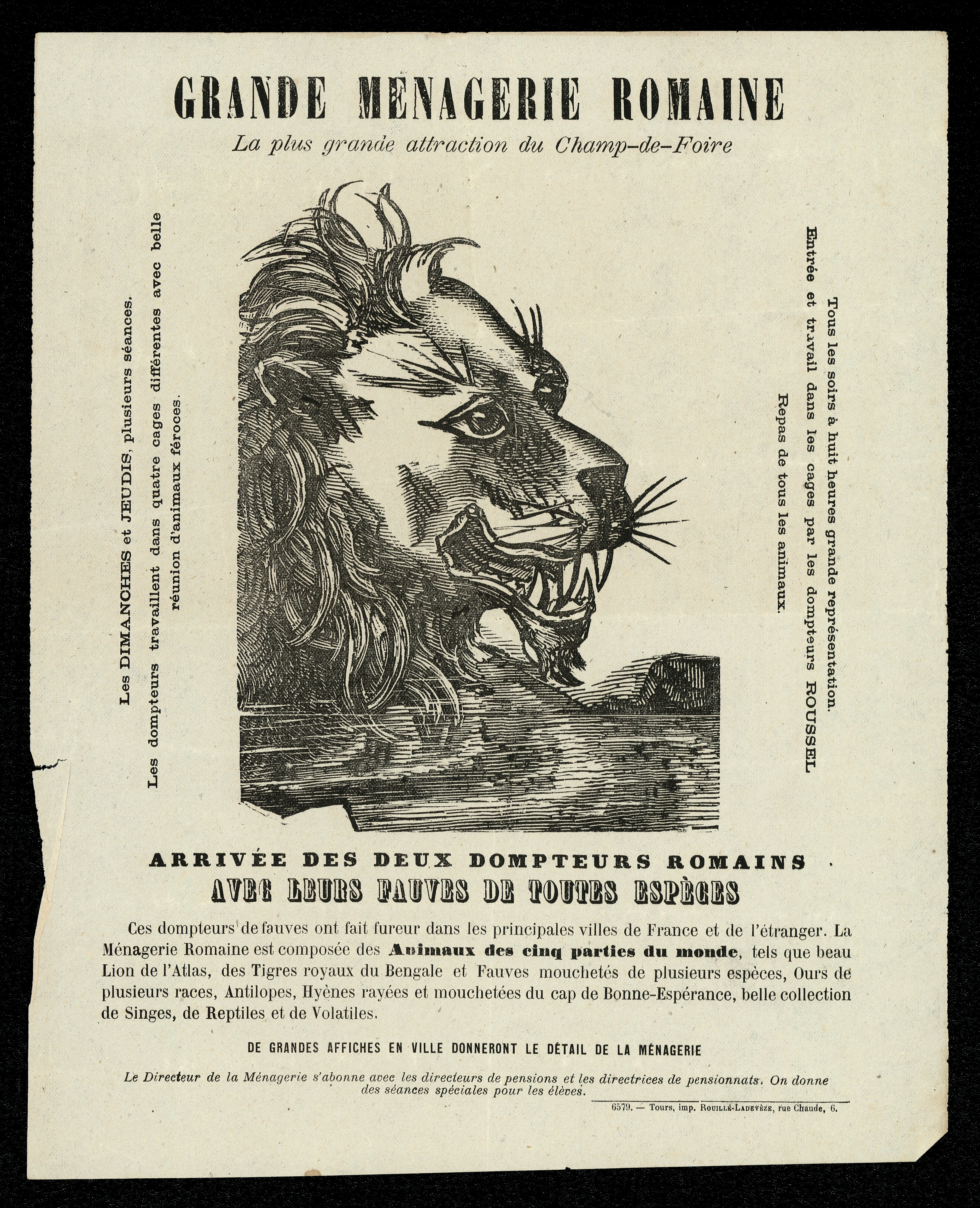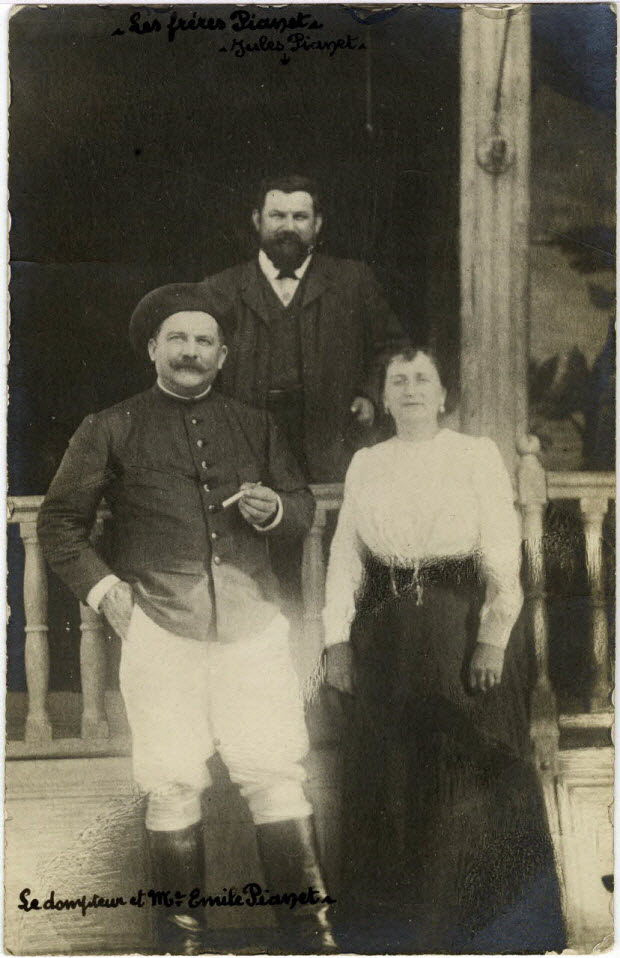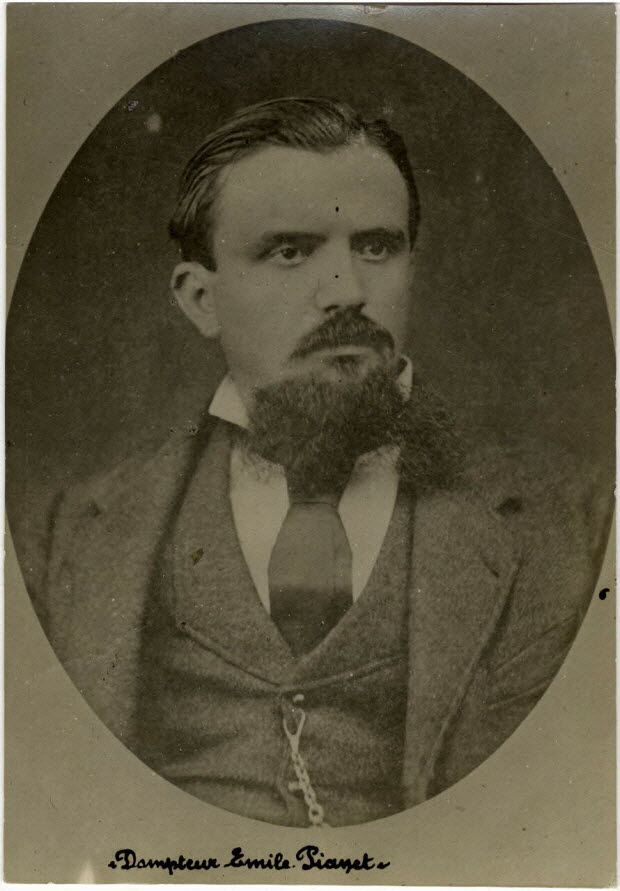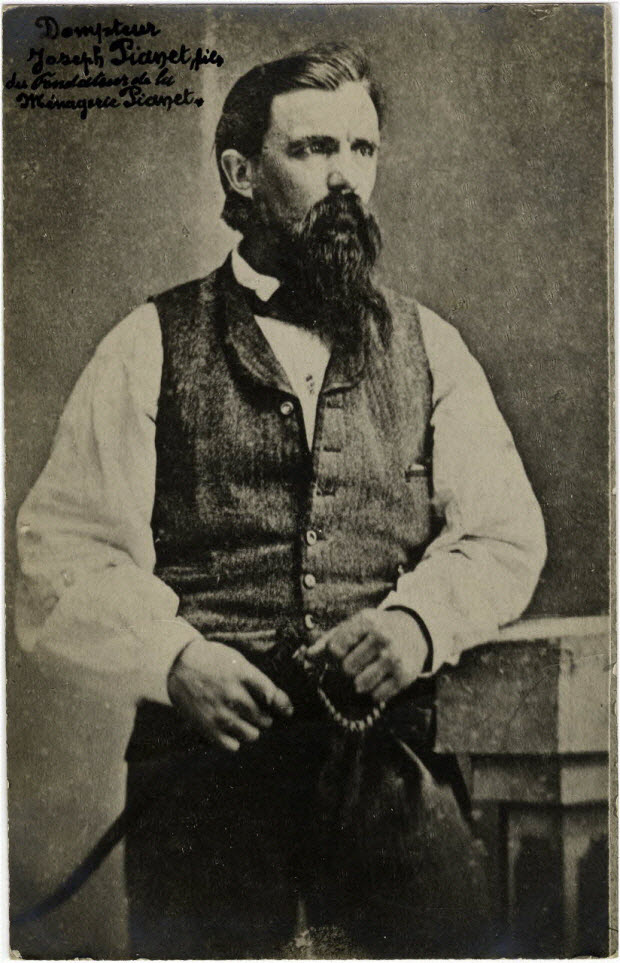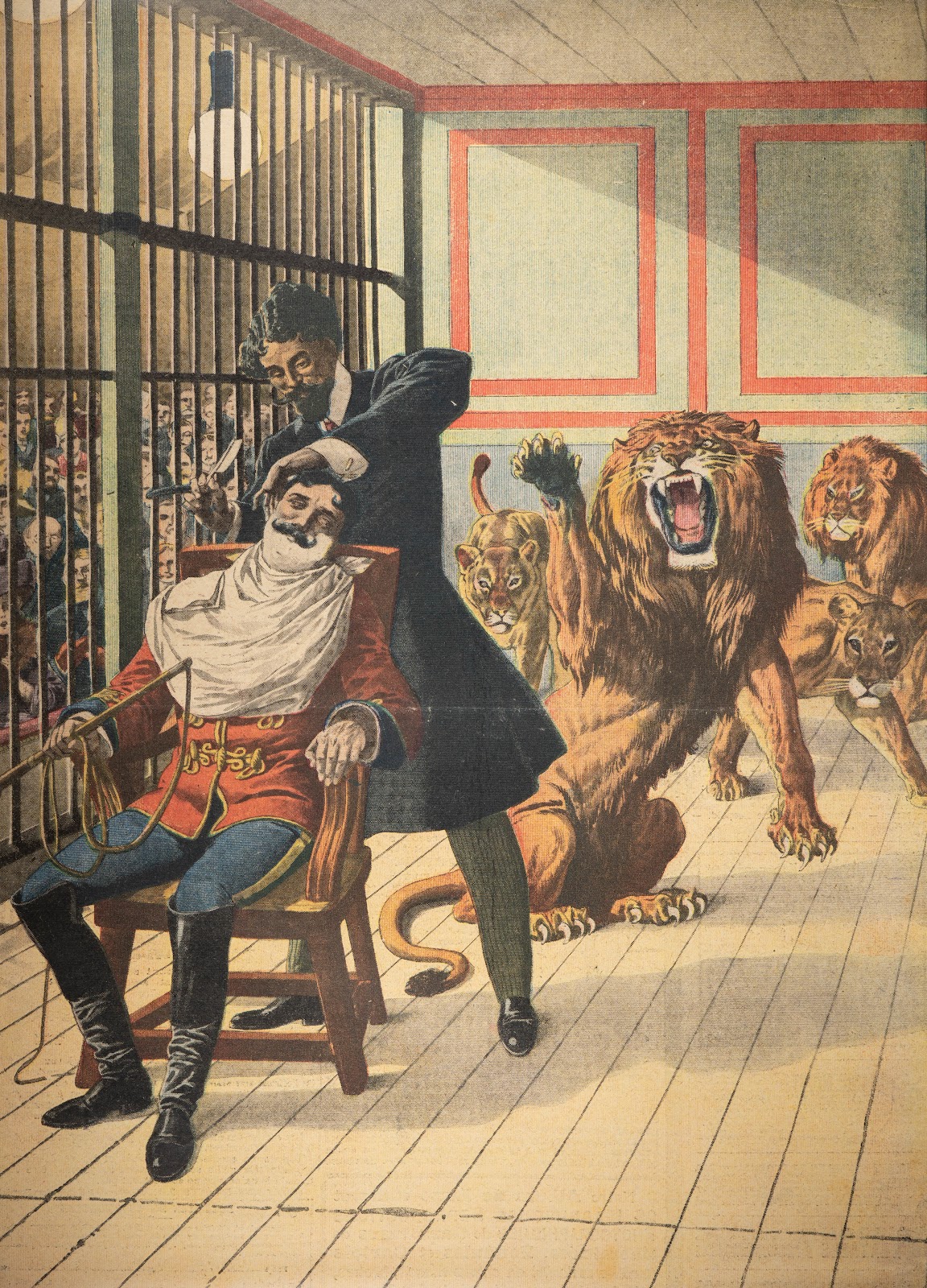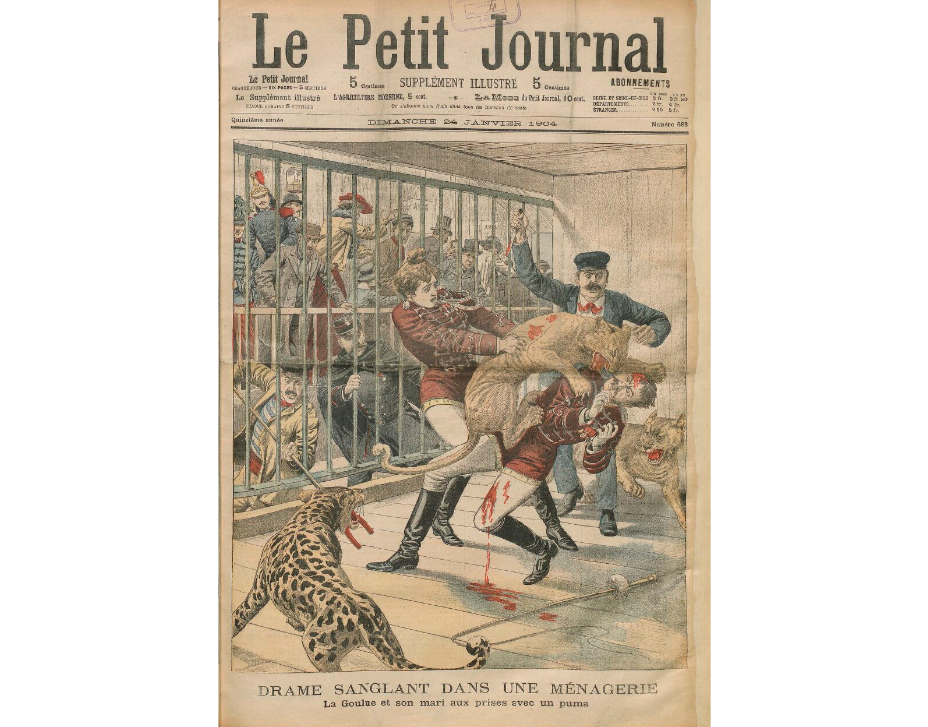The display of exotic animals
The exhibition of live animals in Europe dates back to the Middle Ages, a tradition that grew steadily more popular over the centuries. In particular, the late eighteenth and nineteenth centuries saw a true rise in both permanent and travelling menageries. This was a result of globalization and the colonization of overseas territories. The general public's curiosity about nature, science, and the wider world increased significantly, leading to great interest in fauna, flora, and their histories.
One of the most iconic and oldest stationary zoos is the Ménagerie du Jardin des Plantes in Paris, founded in 1794. A bit later, in 1843, the Antwerp Zoo opened its doors. These were prestigious projects and symbols of national pride and prosperity. They embodied the idea of civilization and human superiority over animals. Showcasing exotic animals expressed control as well as power and wealth. At the same time, these institutions served as centres for scientific research. Because these zoos were not accessible to everyone, travelling menageries played an important role in spreading knowledge about zoology and exotic creatures. Although they often focused on sensationalism, they also had educational and scientific functions.
